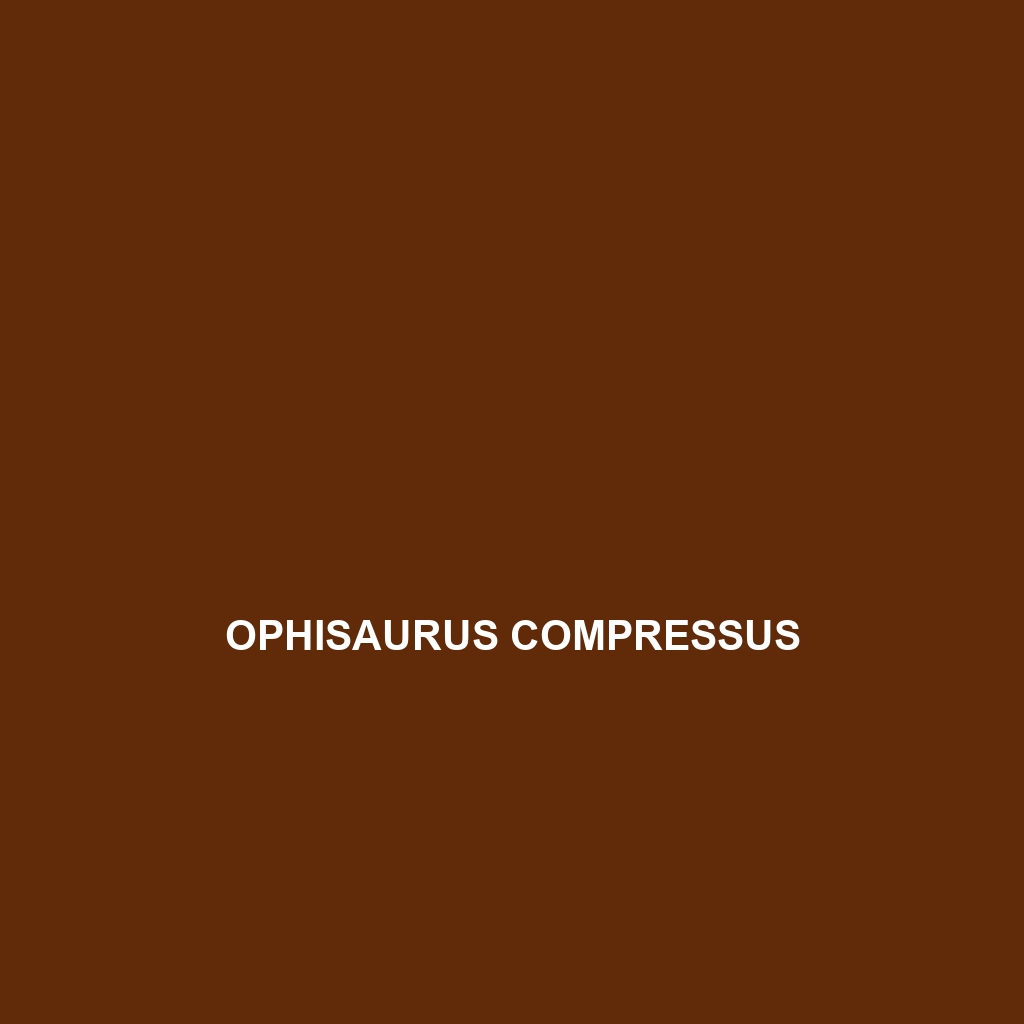Discover the Tuwaiq Agama (<i>Pseudotrapelus tuwaiqensis</i>), a medium-sized lizard native to the Arabian Peninsula, known for its striking blue and black coloration in males, adaptability to arid habitats, and crucial role in controlling insect populations. With diurnal habits and fascinating social behaviors, this resilient reptile thrives in rocky terrains, showcasing its unique adaptations to desert life.
Tag: habitat preservation efforts
Pseudogekko smaragdinus
<b>Pseudogekko smaragdinus</b>, known as the Emerald Token Gecko, is a vibrant green, nocturnal insectivore native to the tropical rainforests of Southeast Asia, particularly the Philippines. This small to medium-sized gecko, measuring 12 to 20 cm in length, exhibits arboreal behavior and plays a vital role in its ecosystem by controlling insect populations and aiding in seed dispersion.
Psammophis schokari
<b>Psammophis schokari</b>, known as the Schokar Sand Snake, is a slender, diurnal snake native to North Africa and the Middle East, typically measuring 60 to 100 cm in length. Adapted to sandy habitats, it exhibits excellent camouflage, preying on small vertebrates while showcasing unique behaviors like burrowing and slight color change for effective hiding.
Pseudotrapelus tuwaiqensis
Discover the Tuwaiq Agama (<i>Pseudotrapelus tuwaiqensis</i>), a medium-sized lizard native to the Arabian Peninsula, known for its striking blue and black coloration in males, adaptability to arid habitats, and crucial role in controlling insect populations. With diurnal habits and fascinating social behaviors, this resilient reptile thrives in rocky terrains, showcasing its unique adaptations to desert life.
Pseudogekko smaragdinus
<b>Pseudogekko smaragdinus</b>, known as the Emerald Token Gecko, is a vibrant green, nocturnal insectivore native to the tropical rainforests of Southeast Asia, particularly the Philippines. This small to medium-sized gecko, measuring 12 to 20 cm in length, exhibits arboreal behavior and plays a vital role in its ecosystem by controlling insect populations and aiding in seed dispersion.
Psammophis schokari
<b>Psammophis schokari</b>, known as the Schokar Sand Snake, is a slender, diurnal snake native to North Africa and the Middle East, typically measuring 60 to 100 cm in length. Adapted to sandy habitats, it exhibits excellent camouflage, preying on small vertebrates while showcasing unique behaviors like burrowing and slight color change for effective hiding.
Phyllodactylus davisi
Discover the Davis's Leaf-toed Gecko (<i>Phyllodactylus davisi</i>), a small, nocturnal gecko native to the moist forests of Central America, particularly Costa Rica and Panama. With its distinctive climbing toepads and remarkable camouflage, this insectivorous species plays a crucial role in regulating insect populations and supports the biodiversity of its tropical ecosystem.
Ophisops jerdonii
<b>Ophisops jerdonii</b>, commonly found across the Indian subcontinent, is a sleek insectivorous lizard that thrives in temperate forests and grasslands, exhibiting distinctive camouflage and unique burrowing behaviors. This diurnal species plays a crucial ecological role by regulating insect populations and serving as prey for larger predators.
Ophisaurus compressus
<p><b>Ophisaurus compressus</b>, commonly known as the glass lizard, is a unique, limbless reptile reaching lengths of up to 30 inches, found in temperate forests and savannas across the southeastern United States and eastern Asia. An important insectivore, it plays a crucial role in maintaining ecological balance by regulating insect populations while serving as prey for larger animals.</p>
Oligosoma suteri
<p><b>Oligosoma suteri</b>, known as Suter's skink, is a fascinating insectivorous species native to New Zealand's temperate forests and coastal habitats, characterized by its distinctive coloration and smooth, shiny scales. This diurnal skink plays a vital role in its ecosystem by regulating invertebrate populations and contributing to nutrient cycling, while facing threats from habitat loss and introduced predators.</p>









